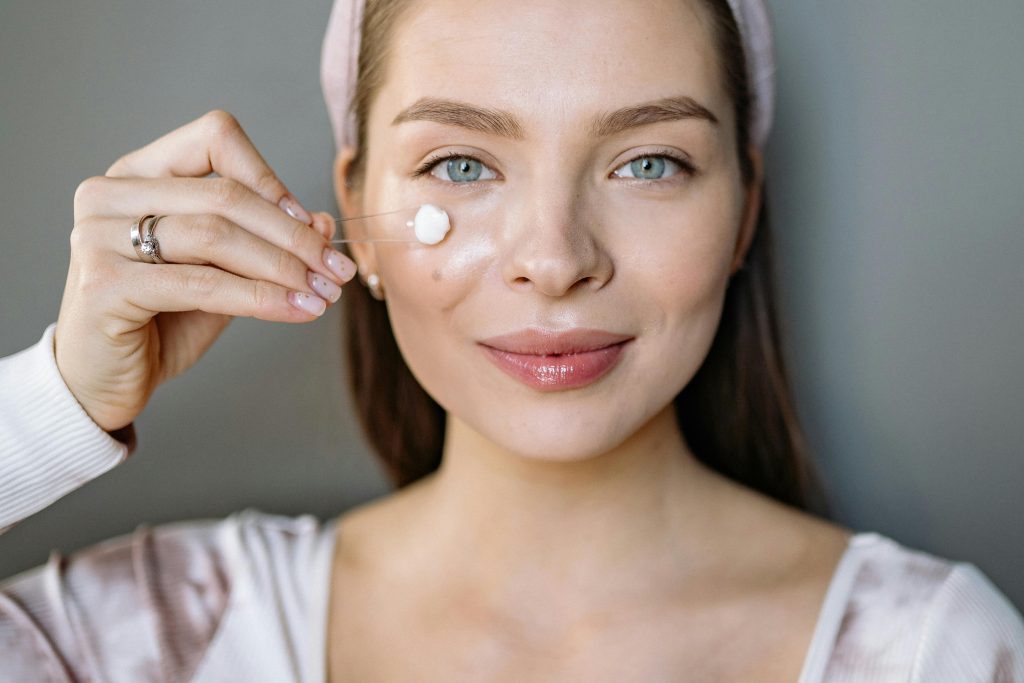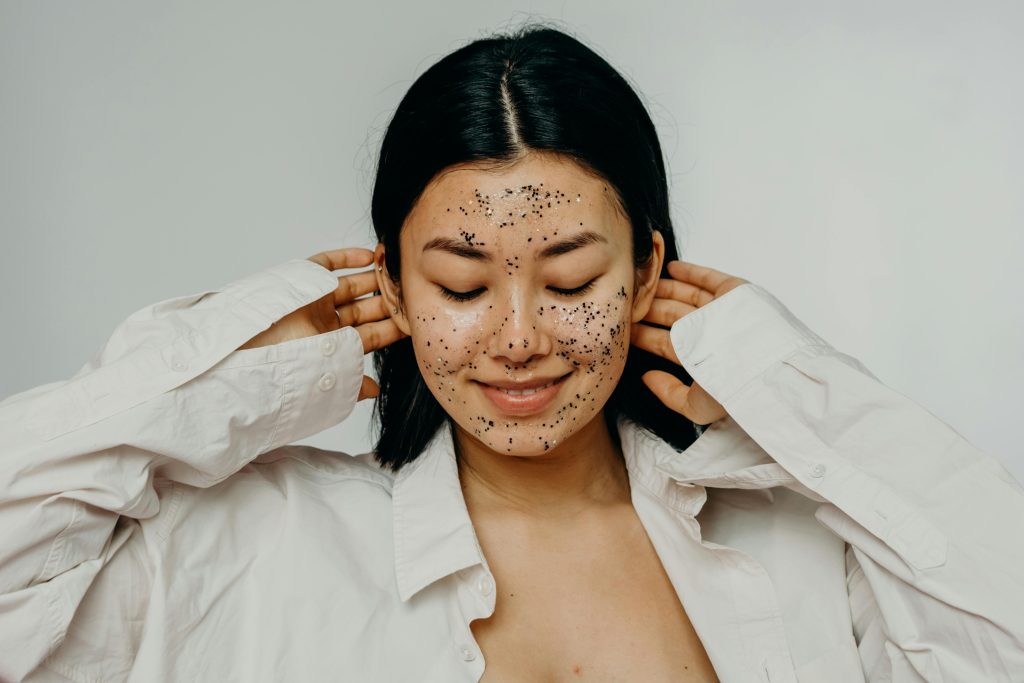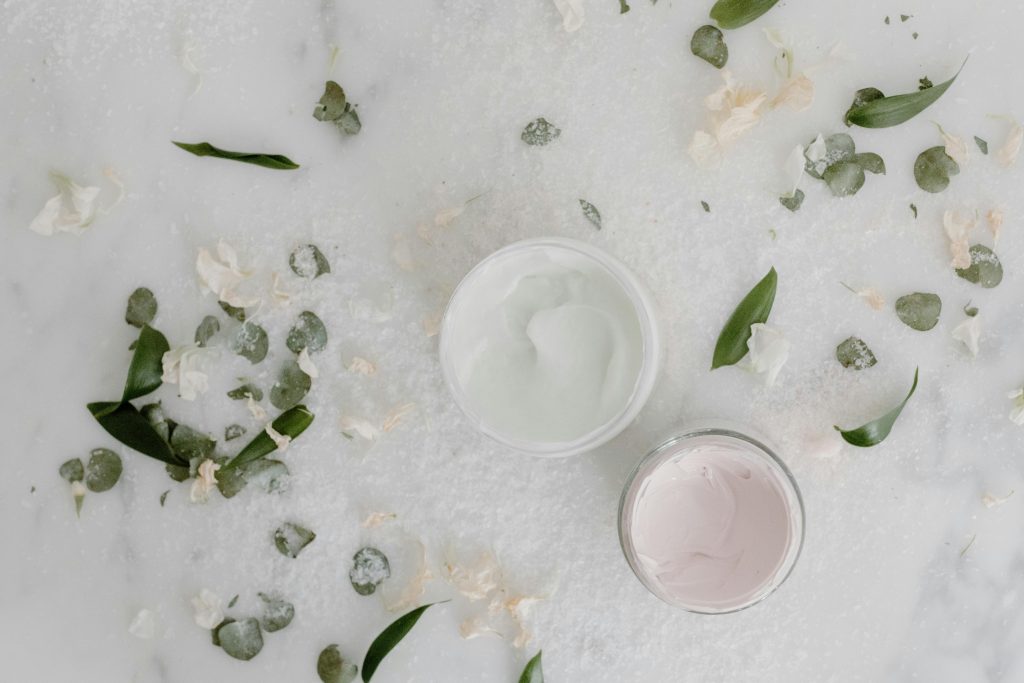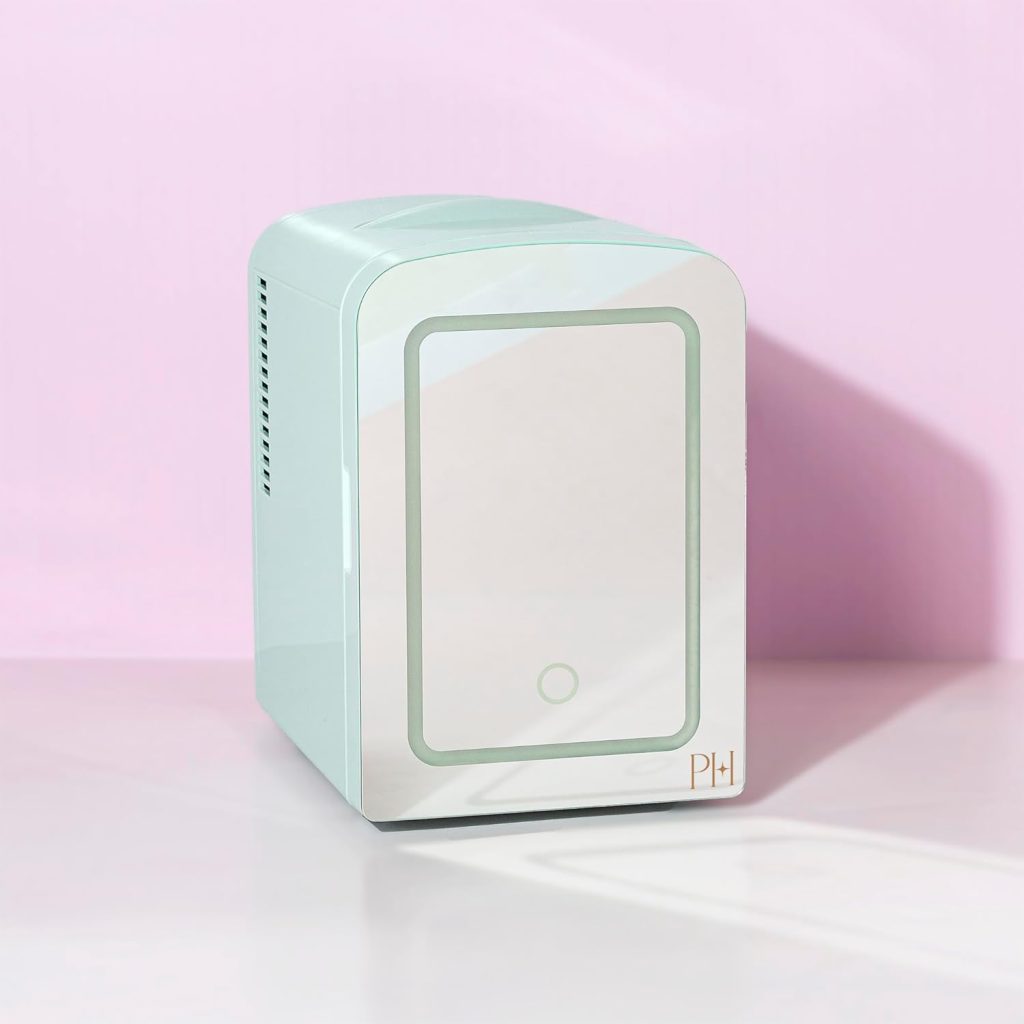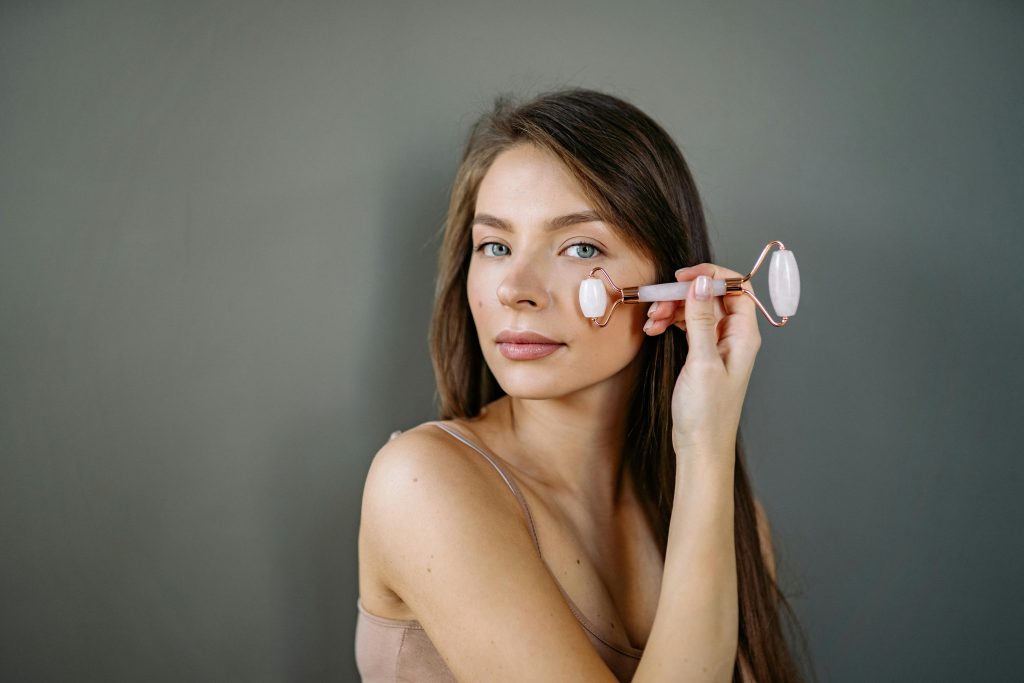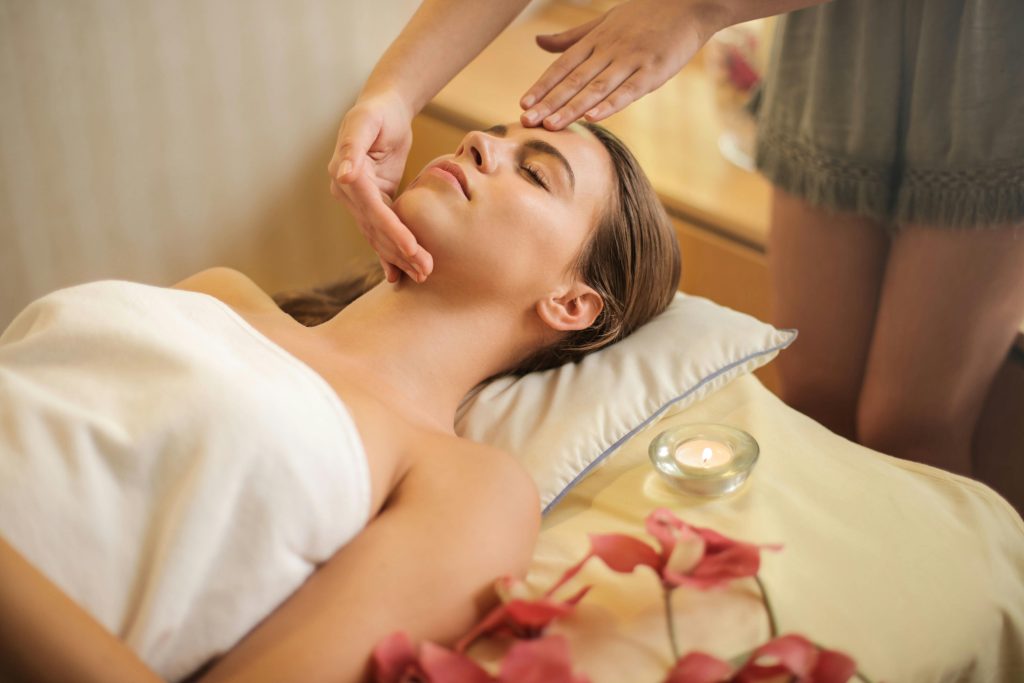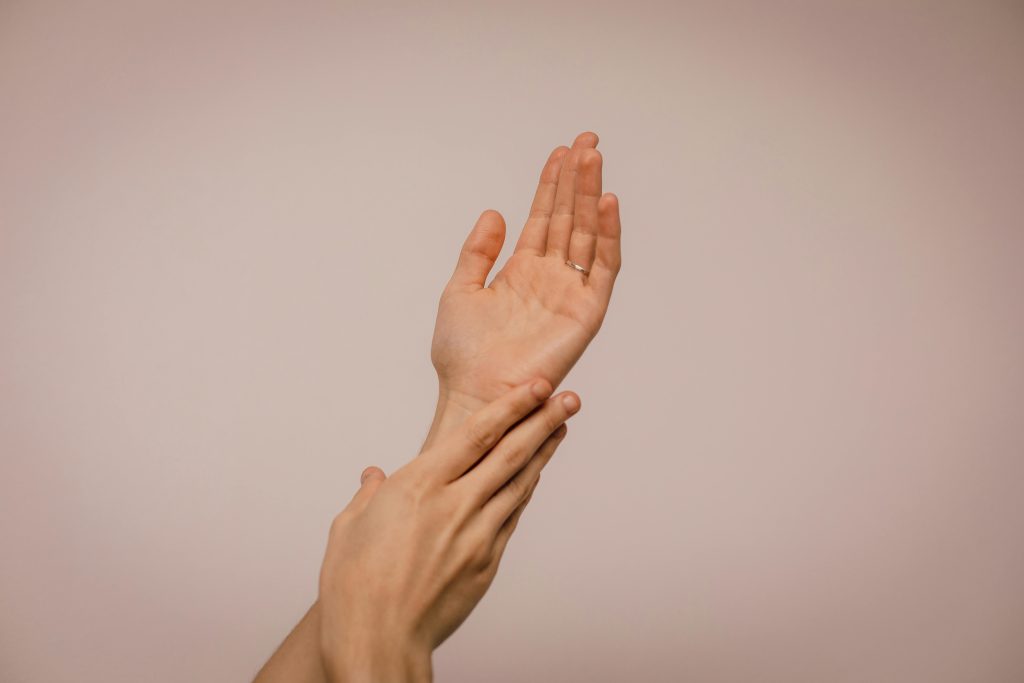
As an Amazon affiliate, I earn a commission for the products linked below.
🔄 Why Everyone’s Talking About Skin Cycling—Does It Work?
If you’ve been anywhere near skincare TikTok or Instagram lately, you’ve probably heard the term «skin cycling.»
It’s everywhere; raved about by dermatologists, influencers, and beauty editors alike.
But what exactly is it? And more importantly, does it really work, or is it just another overhyped skincare fad? Let’s break it down.
What Is Skin Cycling, Anyway?
Skin cycling is a strategic way of applying active ingredients, like retinoids and exfoliants, on specific days, followed by “rest” days for recovery.
The goal is to prevent irritation while maximizing results.
It was coined by Dr. Whitney Bowe, a board-certified dermatologist, and the method quickly went viral for one reason: it’s simple, and it works.
The Classic 4-Night Skin Cycling Routine
- Night 1: Exfoliation
Use a gentle chemical exfoliant (like AHA or BHA) to slough off dead skin cells and prep your skin. - Night 2: Retinoid
Apply a retinol or prescription-strength retinoid to boost cell turnover and stimulate collagen. - Nights 3 & 4: Recovery
Skip the actives. Focus on hydration, barrier repair, and calming ingredients like ceramides, niacinamide, or squalane.
Then… repeat.
Why Skin Cycling Works
Most irritation from actives happens when people overuse or layer them incorrectly.
Skin cycling gives your skin structure, rhythm, and time to heal, without sacrificing long-term results.
This makes it especially helpful for:
- ✨ Sensitive or reactive skin
- ✨ Retinol beginners
- ✨ Barrier repair after over-exfoliating
- ✨ Building a sustainable anti-aging routine
2025 Update: Skin Cycling 2.0
Now that the concept is mainstream, many are customizing their cycles, extending recovery nights, or adjusting based on their skin’s needs.
For example:
- Advanced users may do a 5-day cycle with 2 retinoid nights.
- Dry or sensitive skin types may need 3 recovery nights.
- Acne-prone users may cycle between azelaic acid and benzoyl peroxide.
It’s flexible, not a one-size-fits-all rule.
Should You Try Skin Cycling?
If you’ve ever dealt with…
- Redness from too much retinol
- Flaky skin after exfoliating
- Random breakouts you can’t explain
- Or just want a smarter, more strategic routine…
Then, ✅ yes, skin cycling is absolutely worth trying.
What to Use for Each Step
🌙 Night 1 (Exfoliation):
🌙 Night 2 (Retinoid):
- The Ordinary Granactive Retinoid 2%
- SkinMedica Retinol 0.5 (for advanced users)
🌙 Nights 3 & 4 (Recovery):
Final Thoughts: Listen to Your Skin
The beauty of skin cycling is that it’s structured, but flexible.
It gives your skin space to breathe, but still delivers real, science-backed results. It’s not about doing more, it’s about doing better.
If you’ve been overwhelmed by actives, irritated by layering, or just want your skincare to feel more intentional, skin cycling might be the reset you didn’t know you needed.
FAQ: Skin Cycling
- Can beginners try skin cycling?
Absolutely. Skin cycling is especially beginner-friendly because it limits the use of actives and includes recovery nights to reduce irritation.
- Do I have to follow a 4-day cycle exactly?
Nope! It’s a flexible method. If your skin feels irritated, extend the recovery phase. If you’re more advanced, you can adjust for more exfoliation or retinol days.
- Is skin cycling safe for acne-prone skin?
Yes, and it may even improve breakouts when done right. Just be mindful with exfoliants and consider incorporating salicylic acid or azelaic acid during active nights.
- What if I already have a full skincare routine?
Skin cycling isn’t about adding more; it’s about timing. You can use the same products, but place them strategically throughout your week.
- How long until I see results from skin cycling?
Some people notice improvements in texture and tone within a few weeks. Long-term results like fewer breakouts, improved barrier health, and glowier skin usually appear around the 4–6 week mark.







